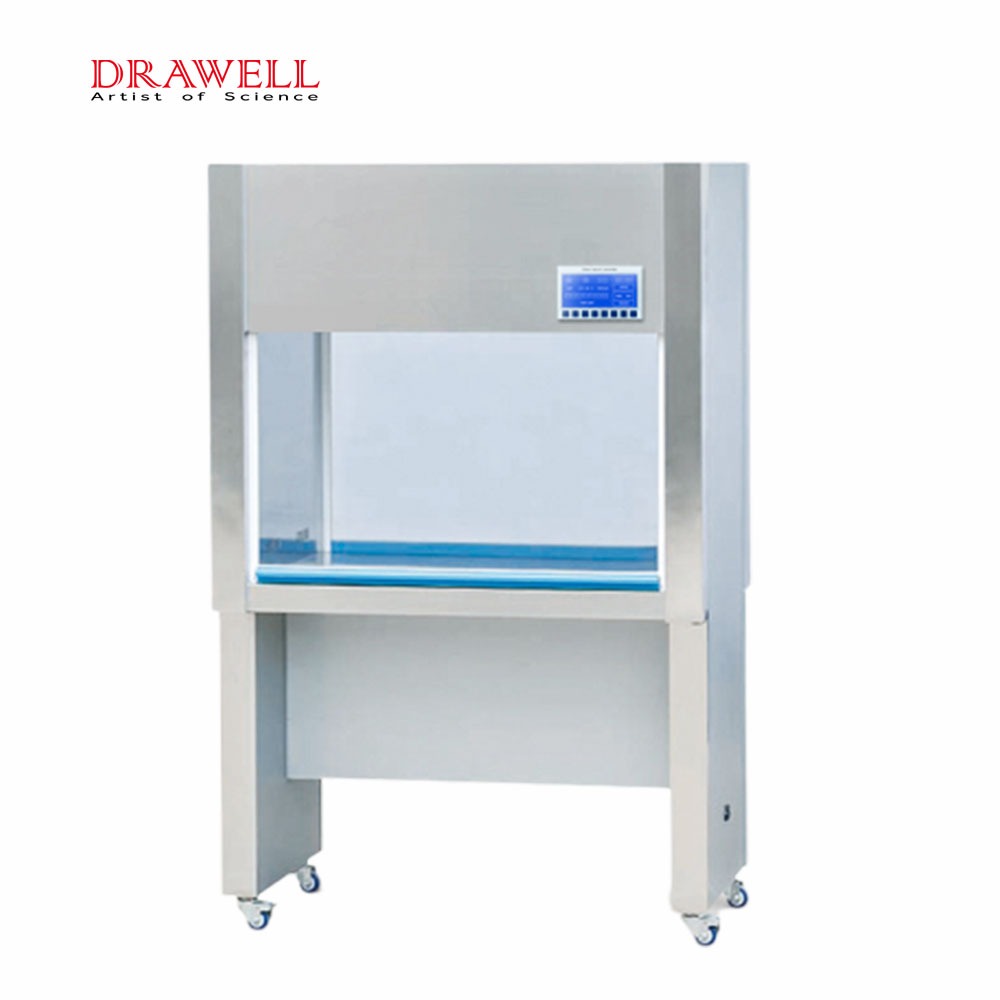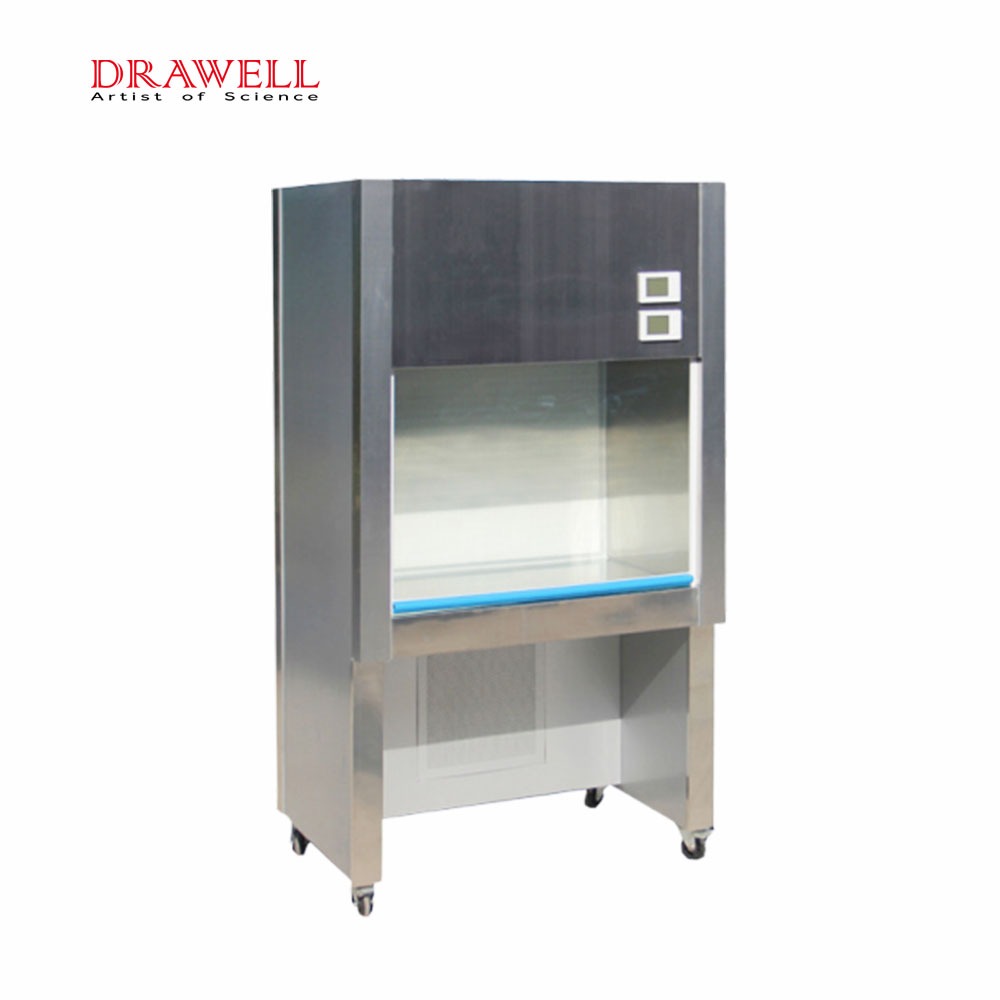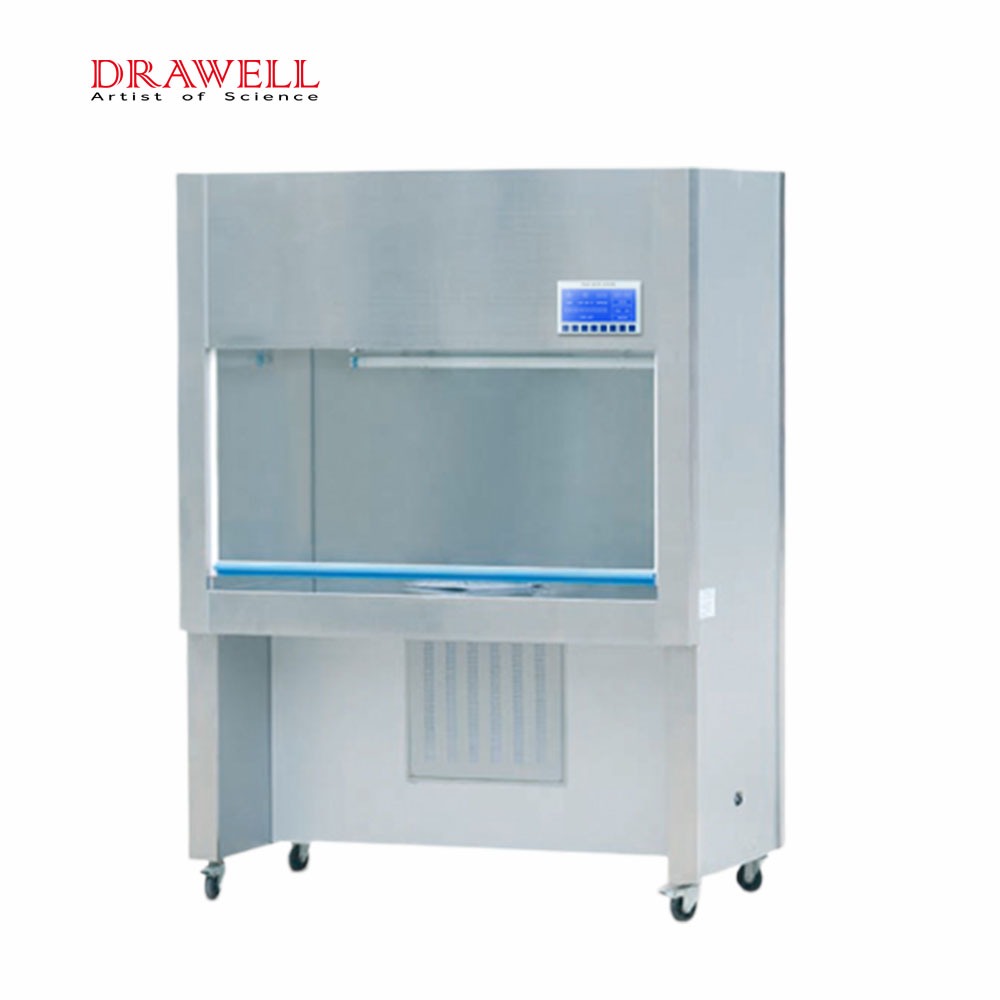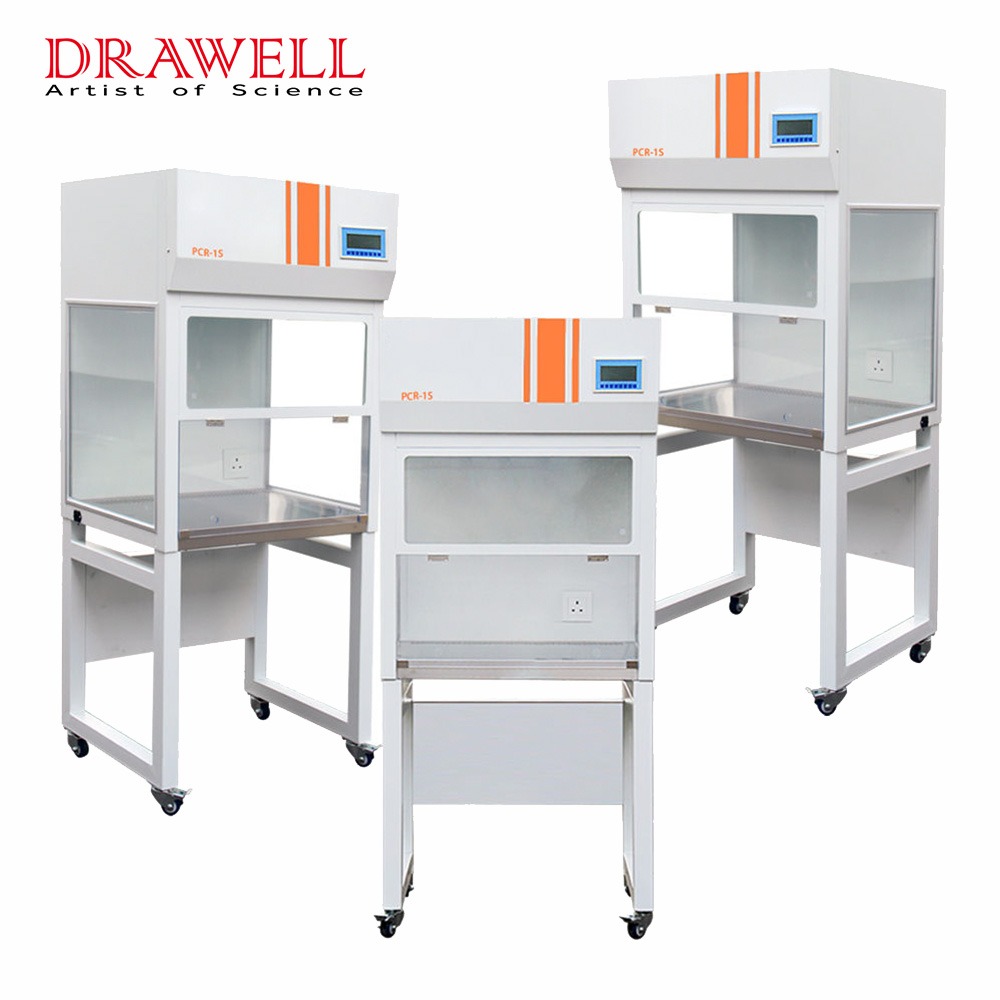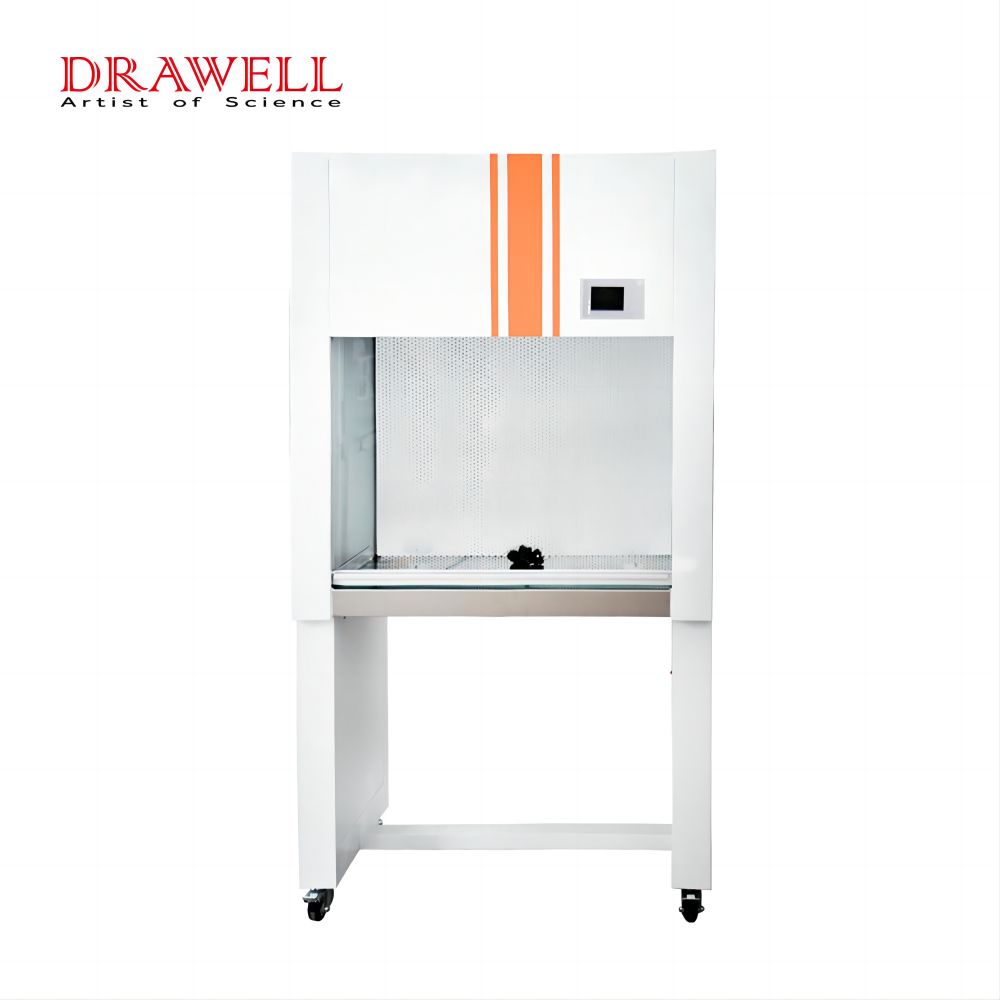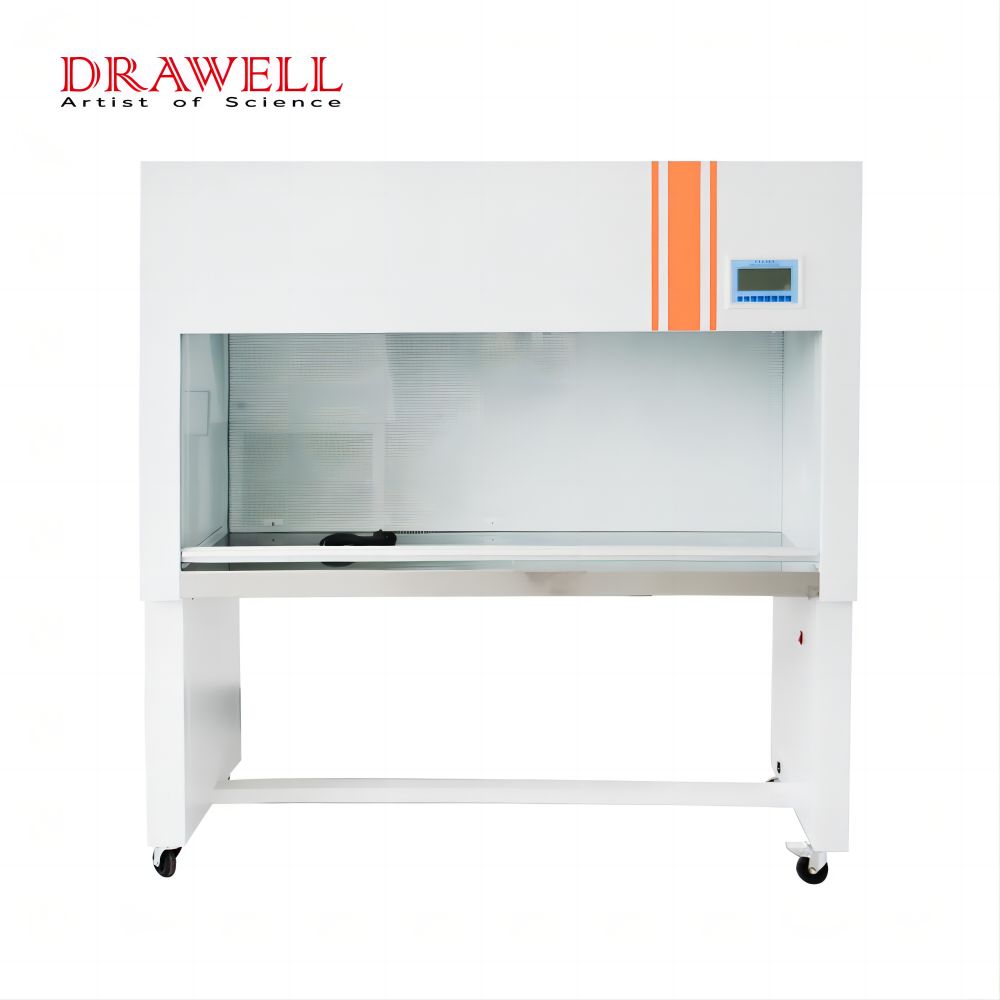In laboratories, maintaining controlled environments is imperative for the success of scientific endeavors. This involves creating settings where variables are carefully regulated to ensure the accuracy and reliability of experiments. To address this concern, it becomes essential to explore and understand the various tools available for maintaining sterility. This article delves into the comparison between two such tools: laminar flow hood and biosafety cabinet. By examining their distinctions, we aim to provide insights into choosing the most suitable equipment for specific laboratory needs.
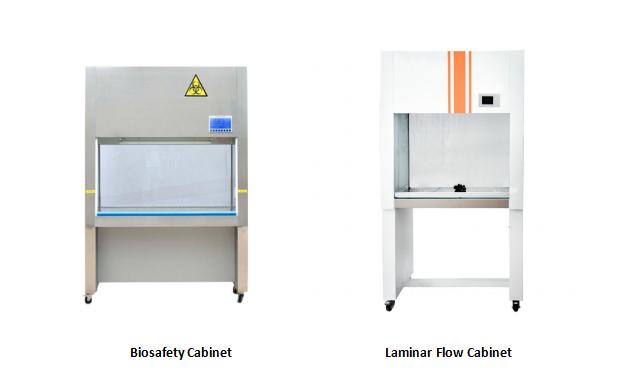
What are Laminar Flow Hoods?
Laminar flow hoods are designed to provide a controlled environment with a unidirectional flow of air. This airflow is typically filtered to remove contaminants, creating a sterile working space. The principles behind laminar flow involve air moving in parallel streams with a constant velocity. There are two main types of laminar flow hoods: horizontal and vertical.
Horizontal Laminar Flow Hoods:
In a horizontal laminar flow hood, the filtered air moves horizontally from the back of the hood towards the operator, creating a clean workspace for tasks that require stringent sterility. This type is often employed for activities such as sample preparation, where a contaminant-free environment is essential.
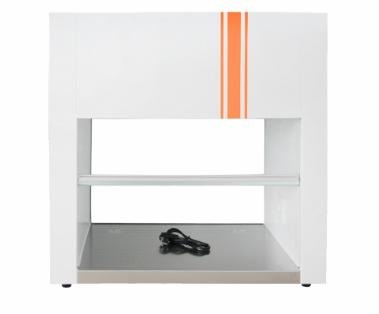
Vertical Laminar Flow Hoods:
Conversely, vertical laminar flow hoods feature a downward airflow that originates from the top of the hood and flows vertically over the work surface. This design is particularly beneficial for applications where protection against cross-contamination and aseptic conditions are paramount, making it suitable for intricate manipulations and biological procedures.
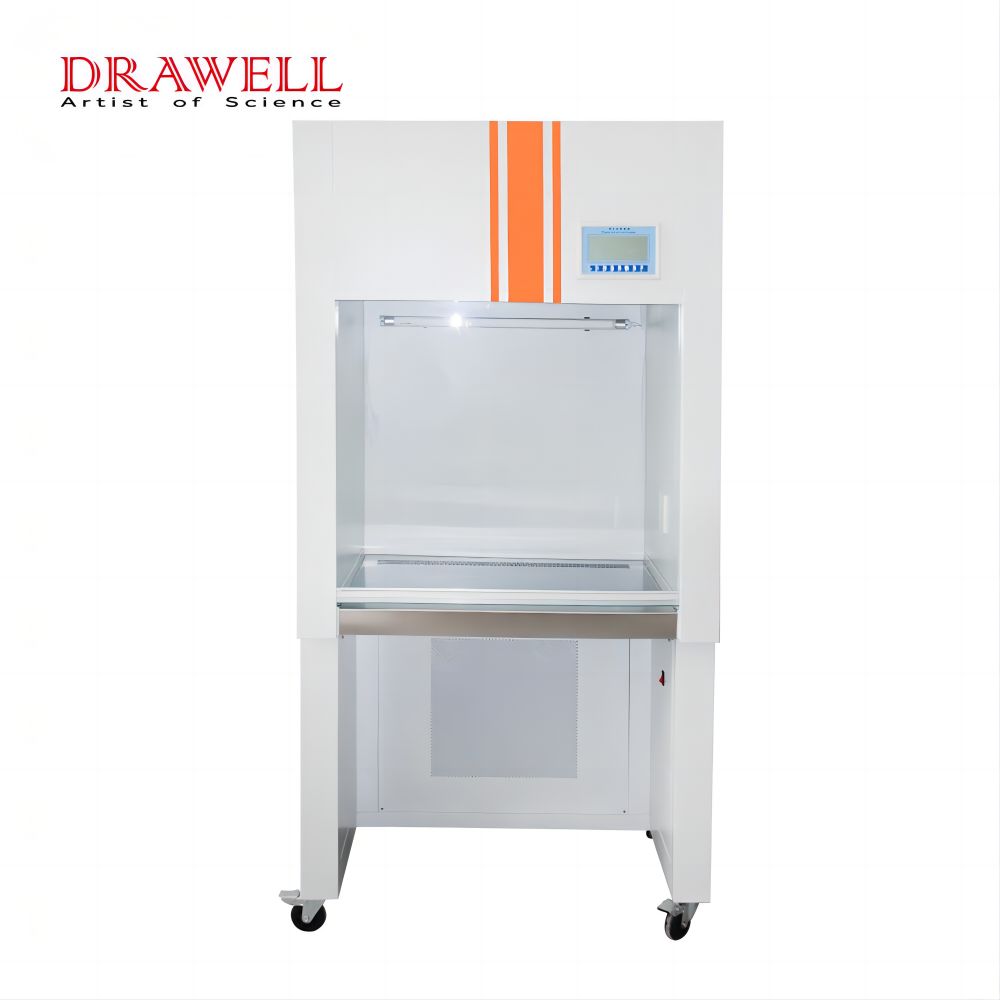
What is the Biosafety Cabinet?
Biosafety cabinets, on the other hand, are specialized enclosures with an added layer of protection. They are designed to provide both a sterile environment and protection for the operator and the surrounding environment. Biosafety cabinets are classified into three main types (Class I, Class II, and Class III) based on the level of protection they offer.
Class I Biosafety Cabinet:
Class I cabinets provide basic operator protection and environmental containment. With an inward airflow, these cabinets prevent the release of hazardous substances into the laboratory environment. While they shield the operator from exposure, they do not protect the work materials from external contaminants, making them suitable for low-risk biological work and material manipulation.
Class II Biosafety Cabinet:
Class II cabinets enhance both operator and environmental protection, making them a prevalent choice for a broad range of laboratory activities. Equipped with HEPA-filtered, recirculated air, these cabinets offer a sterile environment for handling moderate-risk biological materials. Class II biosafety cabinets are further categorized into four subtypes (A1, A2, B1, and B2), each with specific applications and airflow characteristics.
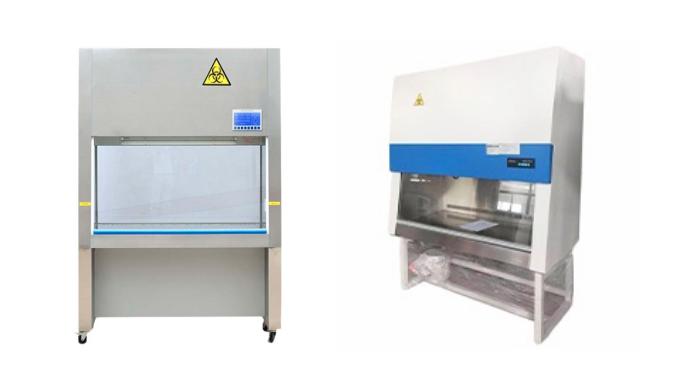
Class III Biosafety Cabinet:
Class III cabinets represent the highest level of containment and are employed for handling highly infectious agents and hazardous materials. These cabinets are completely enclosed and maintained under negative pressure, with all manipulations occurring through glove ports. The inward airflow is HEPA-filtered, ensuring zero release of contaminants into the laboratory space. Class III biosafety cabinets are often used in tandem with a gas-tight suit, providing a secure barrier against the most dangerous biological substances.
Differences of Laminar Flow Hood and Biosafety Cabinet
| Aspect | Laminar Flow Hood | Biosafety Cabinet |
| Airflow Characteristics | Unidirectional flow with constant velocity. | Recirculating airflow with protection for the operator. |
| Applications | Ideal for tasks requiring a sterile workspace. | Suitable for handling hazardous materials and biological agents. |
| Protection | Limited protection for the operator. | Offers protection for the operator and the surrounding environment. |

Considerations Before Choosing Between Laminar Flow Hood and Biosafety Cabinet
When choosing between a laminar flow hood and a biosafety cabinet, several factors should be considered:
- Nature of Work: If the work involves hazardous materials or biological agents, a biosafety cabinet may be more suitable.
- Operator Protection: For tasks where operator protection is a priority, especially in biohazard work, a biosafety cabinet is recommended.
- Sterility Requirements: If the primary concern is maintaining a sterile environment, a laminar flow hood might be sufficient.
- Type of Contaminants: Consider the type of contaminants involved and choose the equipment that provides adequate protection.
Conclusion
In conclusion, the choice between a laminar flow hood and a biosafety cabinet depends on the specific requirements of the laboratory work. Laminar flow hoods are ideal for tasks that demand a sterile environment, while biosafety cabinets offer a higher level of protection, especially when working with hazardous materials.
When making a decision, it is essential to carefully assess the nature of the work, sterility requirements, and the level of protection needed. Ultimately, both laminar flow hoods and biosafety cabinets play crucial roles in maintaining controlled environments in laboratories.
For a comprehensive selection of laminar flow hoods and biosafety cabinets, consider reaching out to a reputable laminar flow hood and biosafety cabinet supplier. Their expertise can assist you in finding the right equipment tailored to your laboratory’s specific needs.

